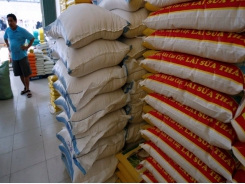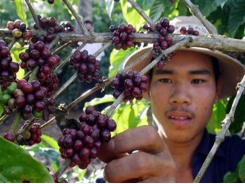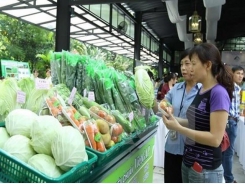Fermentation analysis pinpoints silage management

Analyzing silage helps with ration balancing as well as determining what happened during harvest and ensiling processes.
Fermentation analysis can be a helpful tool, but the results must be properly understood before making big changes to a silage program, according to an announcement from Lallemand Animal Nutrition.
“Forage fermentation analyses are rarely clear cut,” Lallemand Animal Nutrition technical services-silage Renato Schmidt explained. “This can make it difficult to take the information and turn it into specific, actionable tasks for the farm.”
Schmidt suggested reviewing fermentation analysis results with three key take-aways in mind:
1. Management changes. Fermentation characteristics can point to necessary silage management adjustments.
2. Possible feeding challenges. The fermentation profile can provide insight into intake and potential issues.
3. Identifying performance problems. In some cases, results can help explain poor silage nutritive value and metabolic issues within a herd.
Management changes
Fermentation analysis helps tell the story of silage production, from harvest timing to packing density and sealing, Schmidt said. Properly ensiled forage creates a predictable pattern of acid production. Breakdowns in management will show up as silage with more variability and less desirable fermentation characteristics, he added.
“If we see silage with a high pH, that can indicate poor fermentation, which can result from slow or poor packing,” he explained. “The forage could have been harvested too dry or have been contaminated with manure. The analysis can point us in the direction, but it’s up to us to find the cause and create a plan of action.
According to Schmidt, incorporating laboratory tests measuring acid detergent fiber, neutral detergent fiber and lignin can help point out additional management changes. For example, acid detergent fiber, neutral detergent fiber and lignin values should be within average ranges for the type of material harvested. If levels are higher than normal for the crop, it may be a sign that the material was more mature than ideal. This can also lead to yeast and mold challenges.
“Starch also is a good indicator of the timing of harvest,” Schmidt said. “Ideally, corn silage starch levels should be around 30%. For cereal forages, the starch level should be about the same, unless it was harvested green. Then, producers could expect to see starch levels as low as 10-15%.”
Feeding challenges
Feed intake can be depressed for a number of reasons. In high-moisture silages, acids, ammonia and other products from protein breakdown can be produced in greater quantities, which can reduce intake, Schmidt said.
Silages with high levels of certain acids can indicate poor dry matter recovery during ensiling. For example, wet silages that have undergone a slow fermentation can contain higher levels of acetic acid, creating a telltale vinegar smell. Research has shown that acetic acid itself may not be the cause of intake problems, Schmidt noted.
In fact, he said acetic acid can benefit silage because it helps inhibit the growth of spoilage yeasts responsible for silage heating.
Performance problems
Finally, fermentation analysis can provide insight into possible performance problems, Schmidt said, adding that high levels of silage acids can indicate that an extensive fermentation occurred during ensiling. Many dairy operations can successfully feed silage with a high acid content by appropriately balancing the ration to the silage.
“It’s worthwhile to invest in fermentation analysis, especially if you’re experiencing challenges that are hard to pin down,” Schmidt suggested. “Rations are only as well formulated as the quality of the individual components. Silage is a complex system with inherent variability. In addition to allowing the ration to be properly balanced around the silage, analysis can help us understand what happened during the harvest and ensiling process and help identify how to improve the next time.”
Related news
Tools

Phối trộn thức ăn chăn nuôi

Pha dung dịch thủy canh

Định mức cho tôm ăn

Phối trộn phân bón NPK

Xác định tỷ lệ tôm sống

Chuyển đổi đơn vị phân bón

Xác định công suất sục khí

Chuyển đổi đơn vị tôm

Tính diện tích nhà kính

Tính thể tích ao




 Philippine rice tariffication law to benefits Vietnam’s exporters
Philippine rice tariffication law to benefits Vietnam’s exporters  Vietnamese farmers keen on growing avocado amid low…
Vietnamese farmers keen on growing avocado amid low…